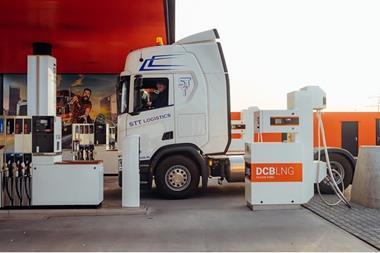When the lockdown commenced in March, fuel volumes across the UK literally went over the cliff with reports from PRA members advising of 80-90% reductions in some rural areas. The average reduction was 60-65%, which was enough to produce financial shock waves for many companies.
The swift action by government to announce a series of financial packages certainly offered real help at a critical time. However, it was the retailers’ initiatives to ensure the safest environment for staff and customers that really made the difference. Perspex screens, self-distancing markers, availability of gloves at the pumps and sanitiser offered, gentle marshalling of queues and delivery of products to the local community were just some of the many changes introduced. One very much hopes that these retailers will be rewarded with increased custom when CV-19 subsides.
At the same time, we have witnessed huge volatility in global oil prices for reasons that have been well ‘Trump-eted’. Suffice to say that UK wholesale costs have also moved very quickly. Both petrol and diesel dropped fast as Brent Crude crashed to under $25/barrel allowing the big four supermarkets to make headline news with petrol priced below £1.00/litre for the first time in four years. However, as Brent Crude recovers strongly, petrol has increased by over 9ppl and diesel by 6ppl in the last four weeks, so we are probably waving goodbye to ultra-low prices.
Perhaps what we are all wondering is whether fuel demand will return to previous norms as the lockdown eases and the economy starts moving again. With UK camping and caravan sites all selling out fast as ‘staycation’ becomes the new holiday mode for many, we can see recreational demand increasing. And cessation of car sharing will see demand increase for single occupancy commuting. On the other hand, the news of Hertz filing for bankruptcy confirms the problems being endured by the vehicle rental sector. Finally, we suspect that all fleet travel whether cars on business or general haulage will take some time to recover. Considering all factors, fuel volumes by the end of the year could still be 10-20% reduced against previous norms.

































No comments yet